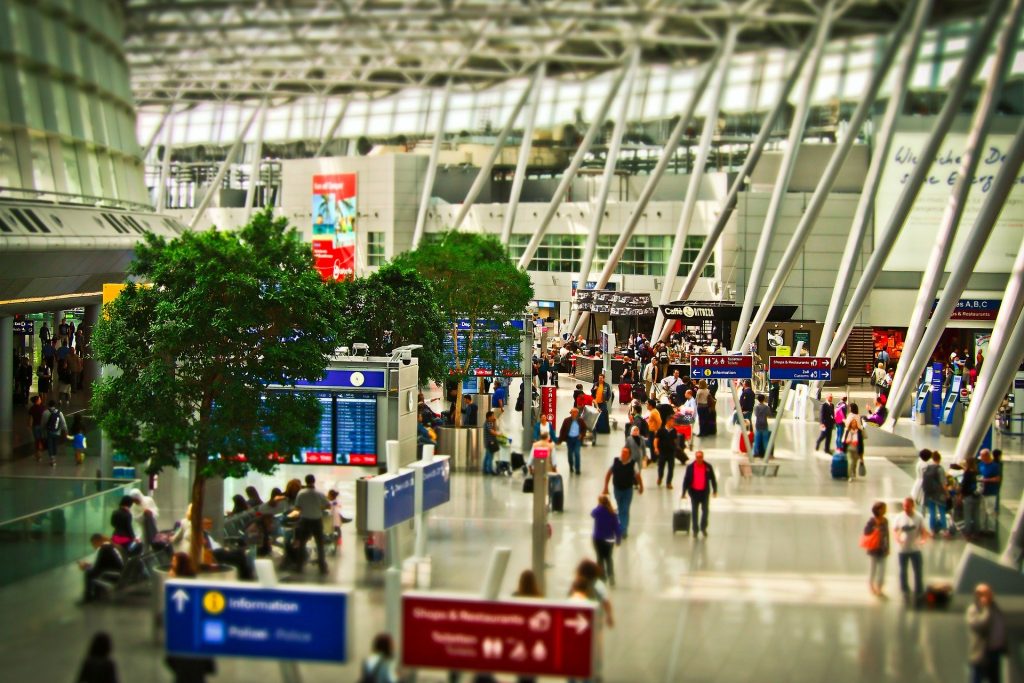Here’s what to expect as international travel returns
It’s hard to believe that it’s been over a year since the outbreak of the coronavirus pandemic changed our lives in more ways than one. The travel industry was hit harder than most, with everyone being forced to stay at home in lockdown, resulting in airlines declaring bankruptcy, travel companies laying off thousands of employees, and hotels turning into quarantine zones. According to the United Nations World Tourism Organization (UNWTO), the COVID-19 pandemic has resulted in around a 20-30% contraction of the tourism sector at a global level.
As someone who has been an avid traveller my entire life, it’s been tough to get accustomed to. Never again will I take for granted the ease of being able to book a flight, pack my bags, and take off within a day to a new unexplored destination. But with the vaccination rollout underway, and countries returning slowly but surely back to their pre-pandemic state (I’m very thankful to live in Australia at this current time), it feels as if things are getting back to normal.
Naturally, many have raised the question of international travel, and how things will look different over the next several years. It feels like second-nature now, packing hand sanitisers in our bags, getting our temperatures taken at checkpoints, and having face-masks at the ready. So what trends can we expect to see in post-pandemic travel?

Revenge travel
Firstly, with avid travellers feeling deprived after a year-long hiatus of being stuck at home, the term “revenge travel” was coined, referring to making up for lost time by planning longer, further, and more luxurious vacations. With vaccination efforts ramping up globally, there is progress being made on certifying vaccination status, and so in remaining optimistic, travellers are already planning their first post-COVID travel destination.
Relationship travel
2020 has seen the rise in Facetime, Zoom, and social media usage as a whole, and with year-long restrictions making it difficult to see loved ones both old and new, it’s naturally expected that everyone is itching to be reunited in the flesh. Not only that, but personally, an aspect of travel I’ve always loved is the opportunity to meet new people from around the world and make new connections. It makes sense that post-COVID travel will be based around relationships and conversations (in real life) with friends and family.
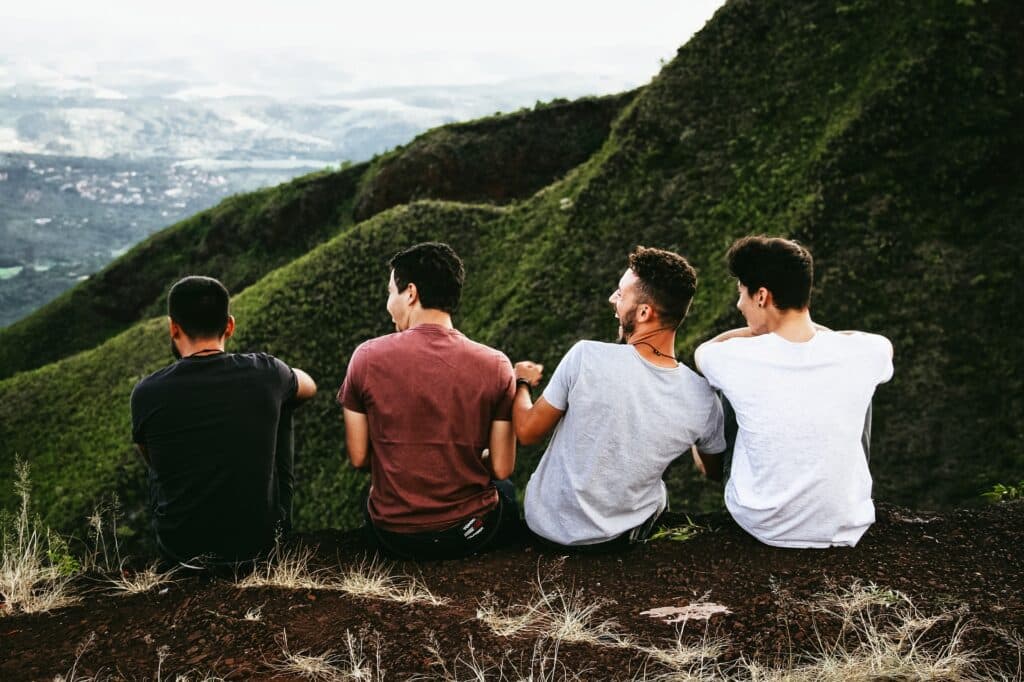
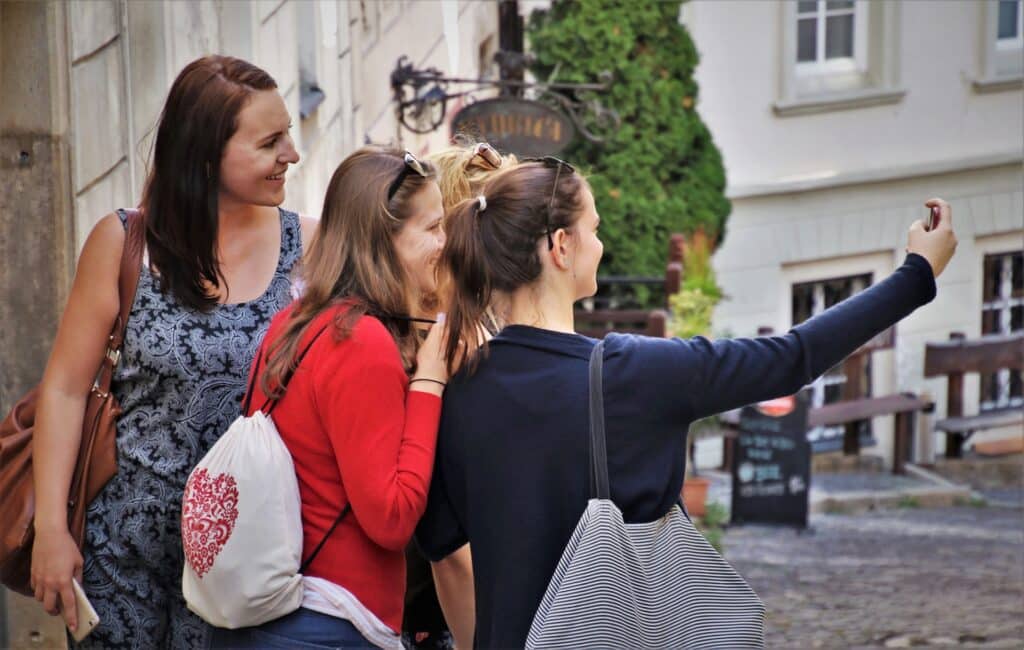
Wellness & outdoor travel
The pandemic saw a spike in interest in health and wellness—whether this is engaging in workouts at home, mental health wellness programs, or simply treating oneself to a walk in the park or a hike. A trend that can be expected is travellers engaging in more physical, mental, and spiritual health travel after an entire year (or more!) living in isolation. People will be more inclined to indulge in outdoor activities as opposed to confining themselves to indoor activities, and spending more time outdoors in the fresh air.
Whilst spending time in lesser-known natural places was already on the upswing in terms of travel trends, it’s only expected to become more popular. After all, after spending so much time indoors during quarantine, who wouldn’t want to spend as much time in nature as they can?

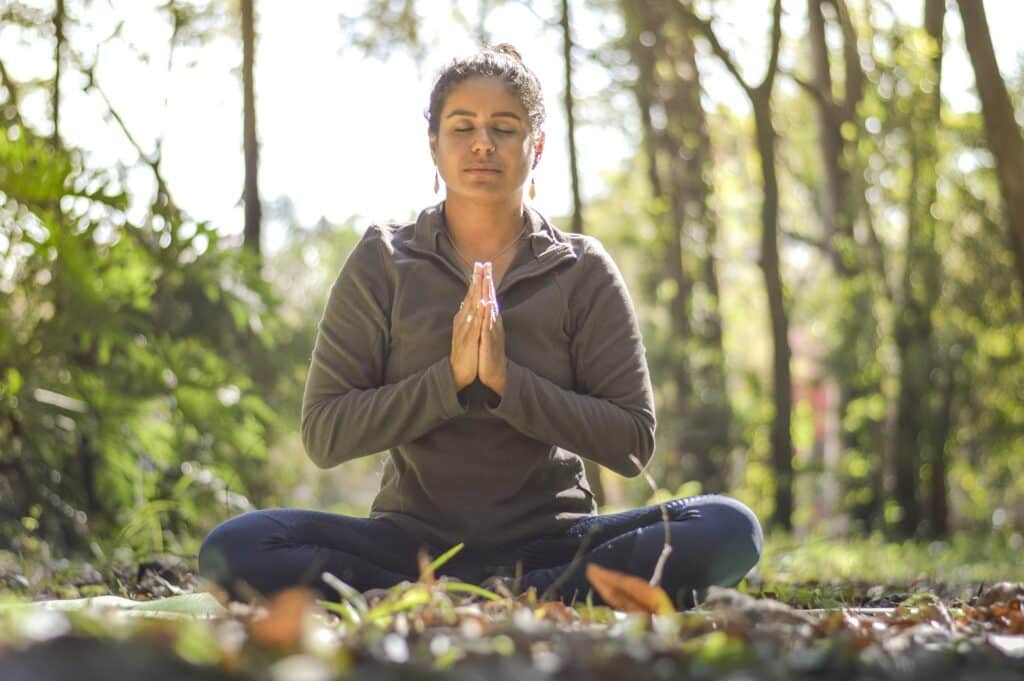
Sustainable & eco-friendly travel
If anything, the silver lining is that our planet has been given a much-needed break, with the start of the pandemic showing a clear reduction in air pollution in several cities around the world, as well as improvements in water quality. Perhaps this stands as a reminder for things to not just return to normal, but a new normal. A good takeaway post-COVID is that life is short, and we only have one earth—so we should take care of it.
Travellers are now trying to strive for more sustainable and eco-friendly travel, by lowering their carbon footprint, being mindful of the hotel brands they are choosing to stay at, and making more ethical choices while travelling.
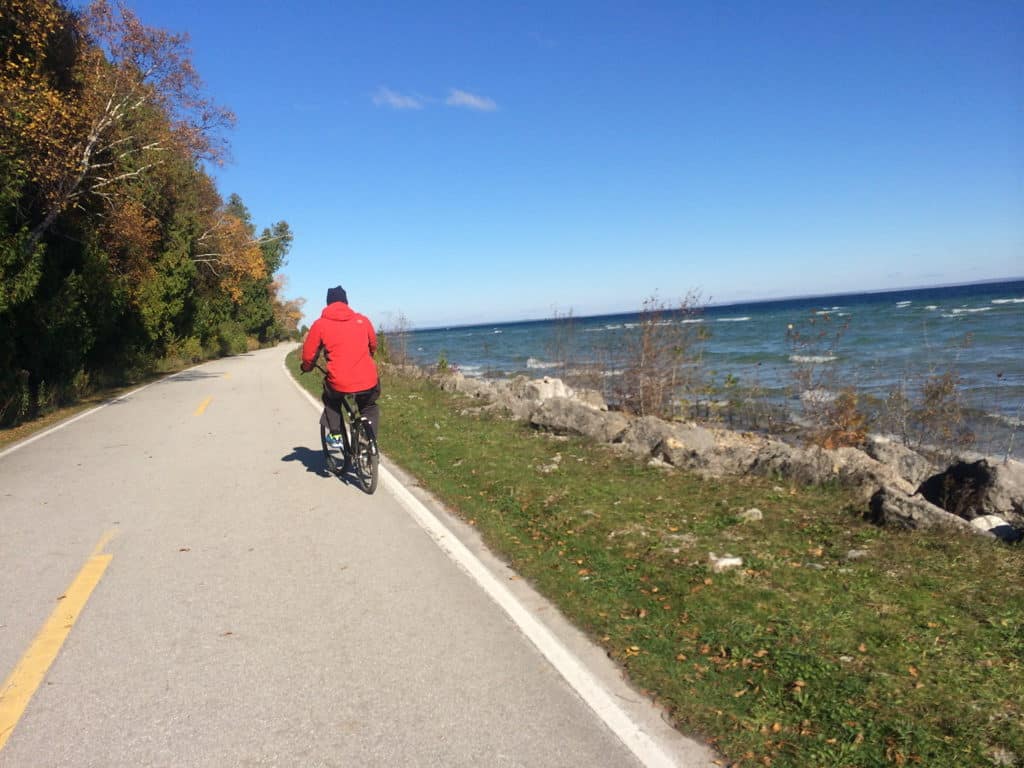
Higher hygiene standards
It’s to be expected that post-pandemic, travellers will be most concerned about health and hygiene of the city they are travelling to, as well as where they stay and modes of transportation. Hotels and accommodation will be expected to have a much higher standard of hygiene and safety, whether this means thermal checks, staff health checks, or requiring travellers to show their vaccination certificates.
Airports around the world are also engaging in higher safety standards, either expecting travellers to show proof of a negative COVID-19 test, using heat cameras, or testing at the border and isolating while awaiting results. As someone who knows full well how immigration lines at busy airports can often feel like a lifetime, it’s safe to say that they will be even more tedious now (although it’s a worthy sacrifice for safety’s sake).
Hugh Aitken, VP of flights at travel company Skyscanner says, “Domestic travel and international travel corridors are showing early signs of promise, and while there is some way still to go, it’s clear that testing and vaccines are key enablers in unlocking travel.”
In fact, according to data from Skyscanner, worldwide travel searches in March 2021 increased by 478% compared to February 2021. It’s a good sign that before long, we’ll be travelling and adventuring once again, so dust off those suitcases and start marking your calendars.
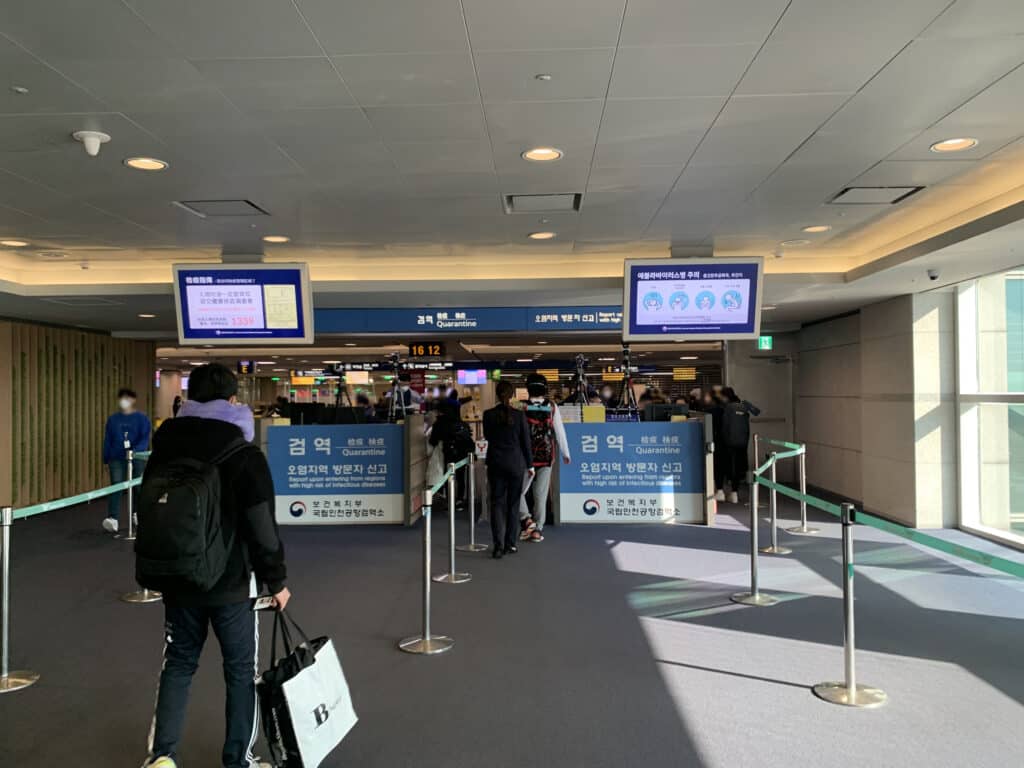
Book Your Travel to ANY Destination
Search, compare and book hotels & rentals at the best prices that are sourced from a variety of platforms including Booking.com, Hotels.com, Expedia, Vrbo, and more. Search for ANY destination by clicking in the upper left corner of this map. You can also use the filter to fine-tune your search, and find restaurants, attractions, and more!


